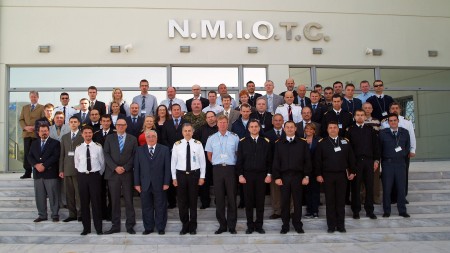
Editors Note: In order to inform our readers about some of the existing and new technologies that are available for mobile and e-based learning, today we feature a brief report from the ISN’s Training and ADL Competence Center.
From 6-8 November 2012, the Partnership for Peace Consortium’s Advanced Distributed Learning Working Group (ADL WG) staged its annual meeting in Vienna, Austria. The event – hosted by the Austrian National Defence Academy and organized by the International Relations and Security Network (ISN) and Partnership for Peace Consortium (PfPC) – primarily focused on mobile learning opportunities, although it also concentrated on other IT-based learning technologies, methods, tools and future standards. What follows is a brief overview of some of the key issues and developments covered during the meeting.
November 6: Introducing Tools to Support Mobile Learning
ADL WG meetings traditionally begin by introducing new tools and methods that are ready for immediate use. This year, 35 ADL professionals learnt about the specific challenges of mobile learning and received hands-on training for a range of tools. They included:




